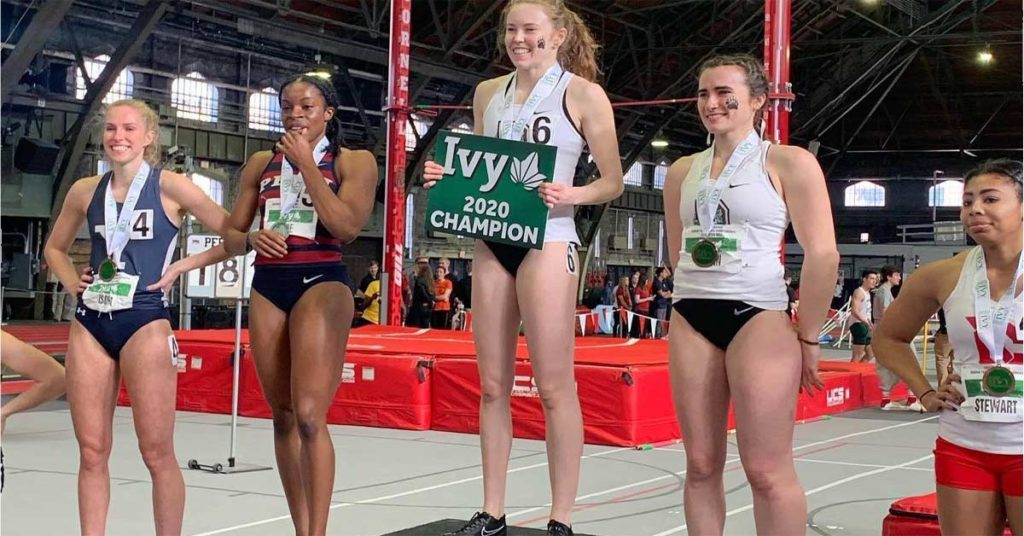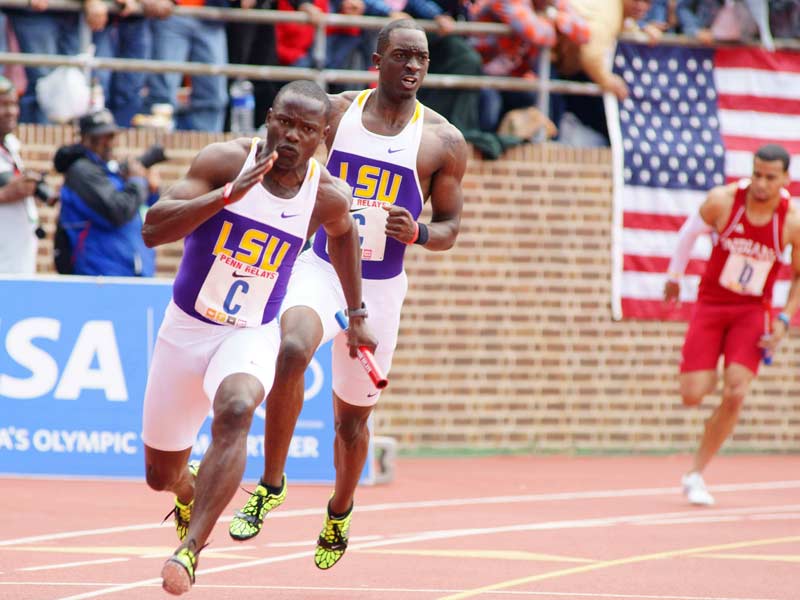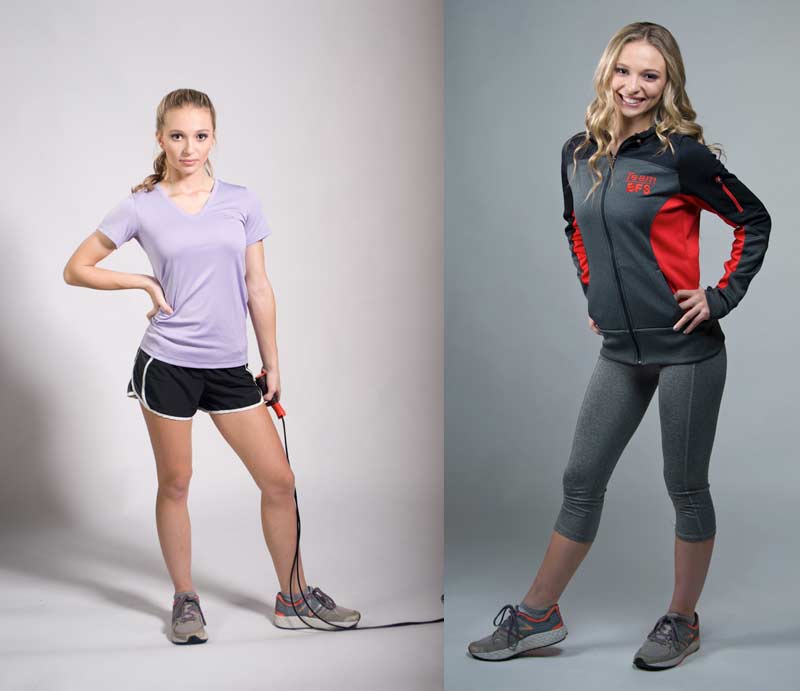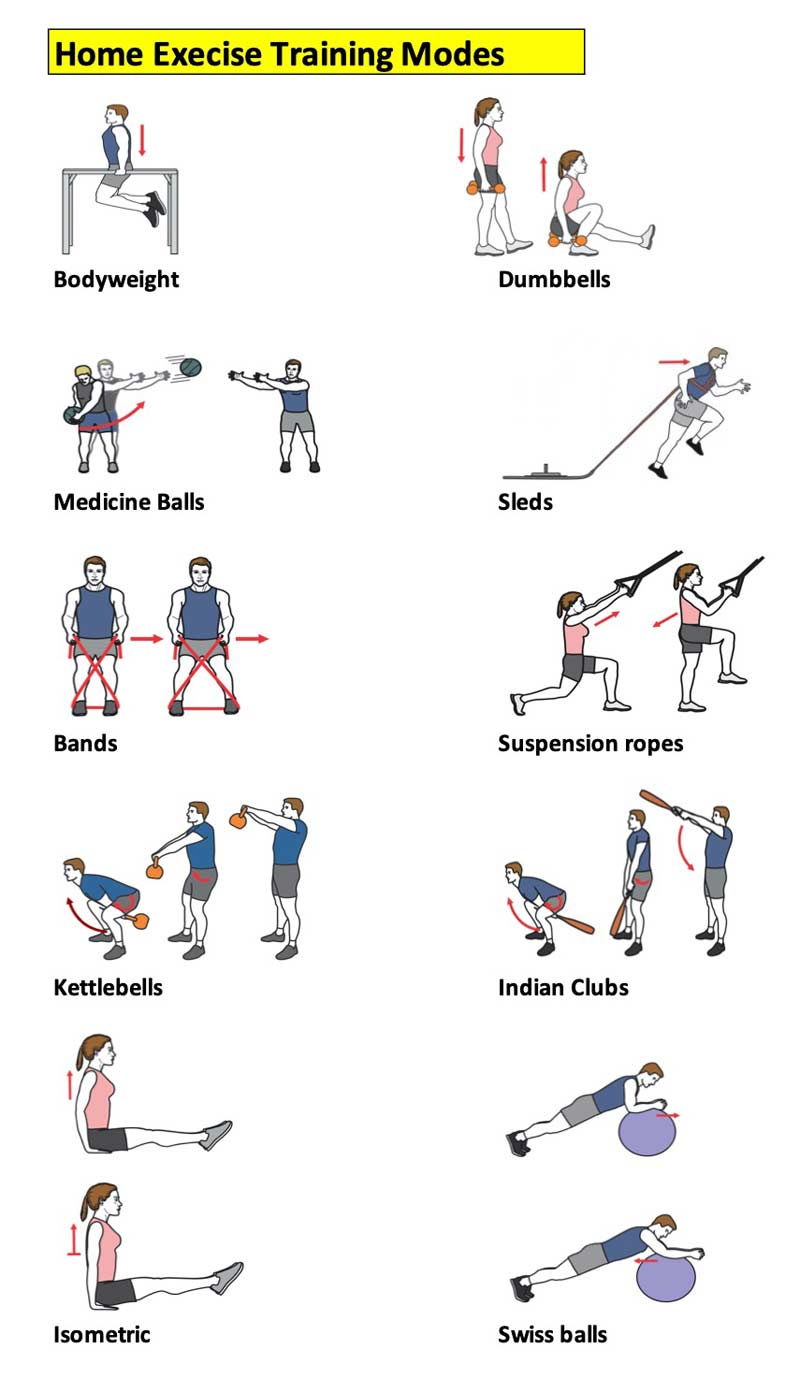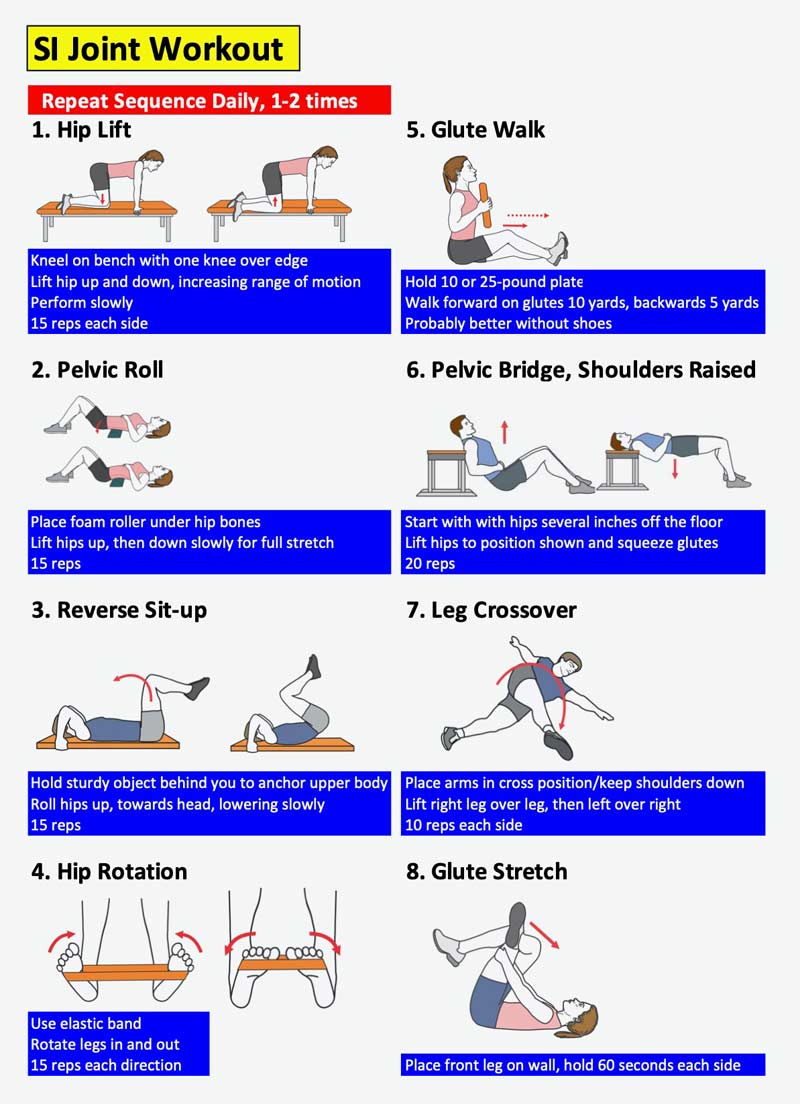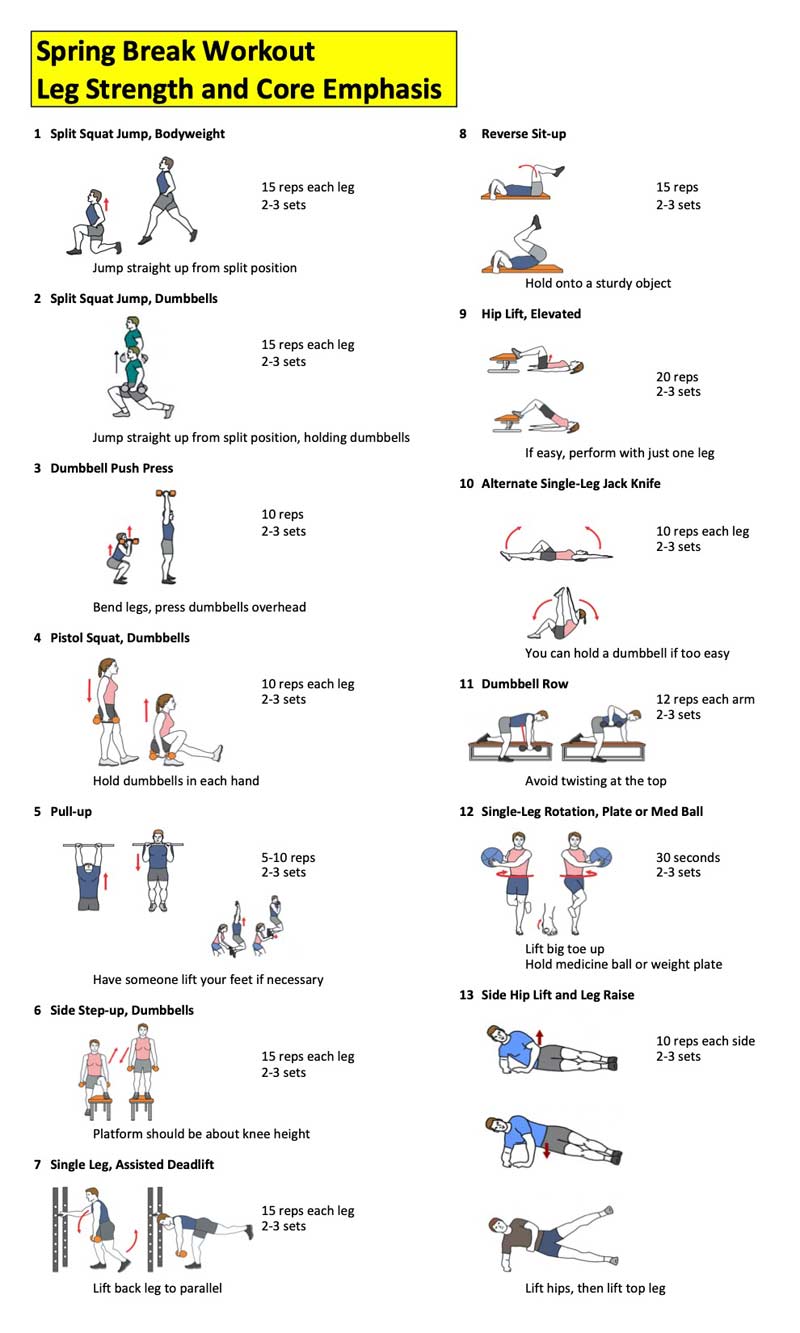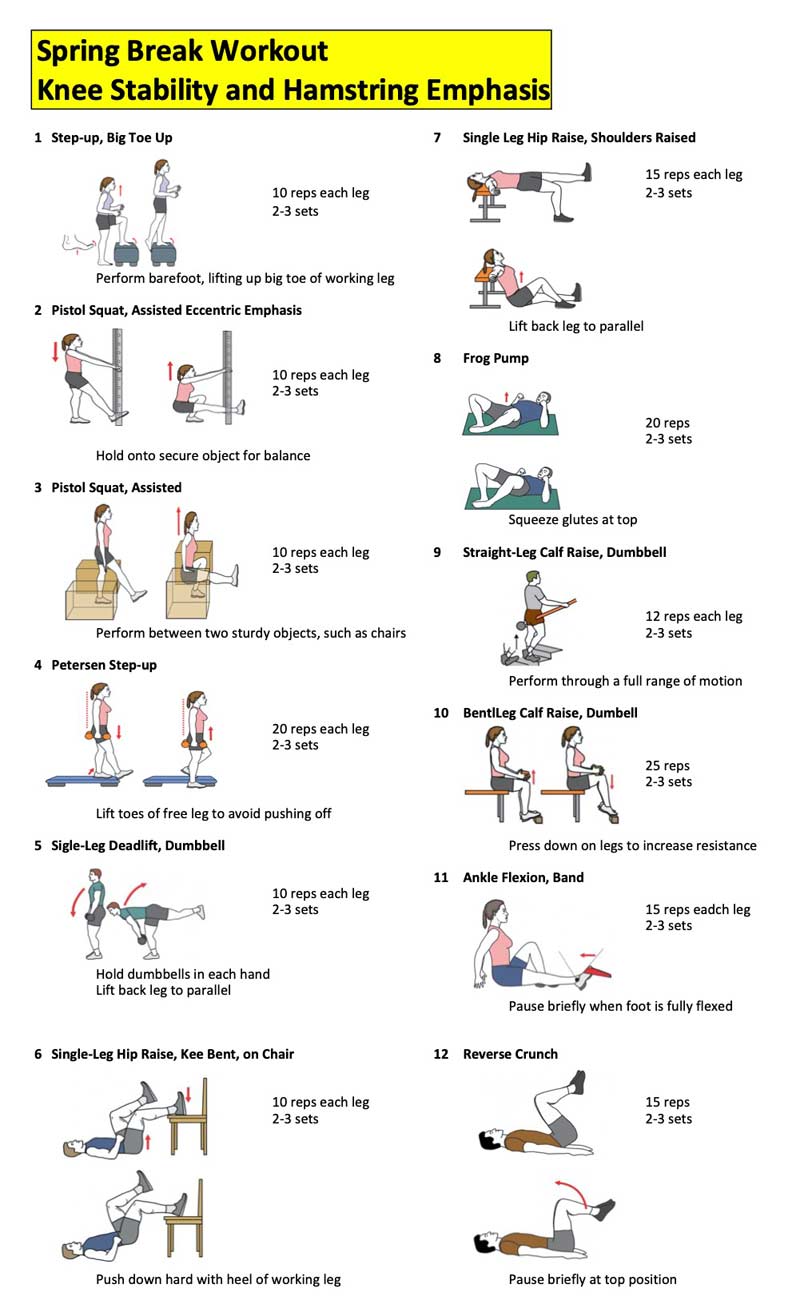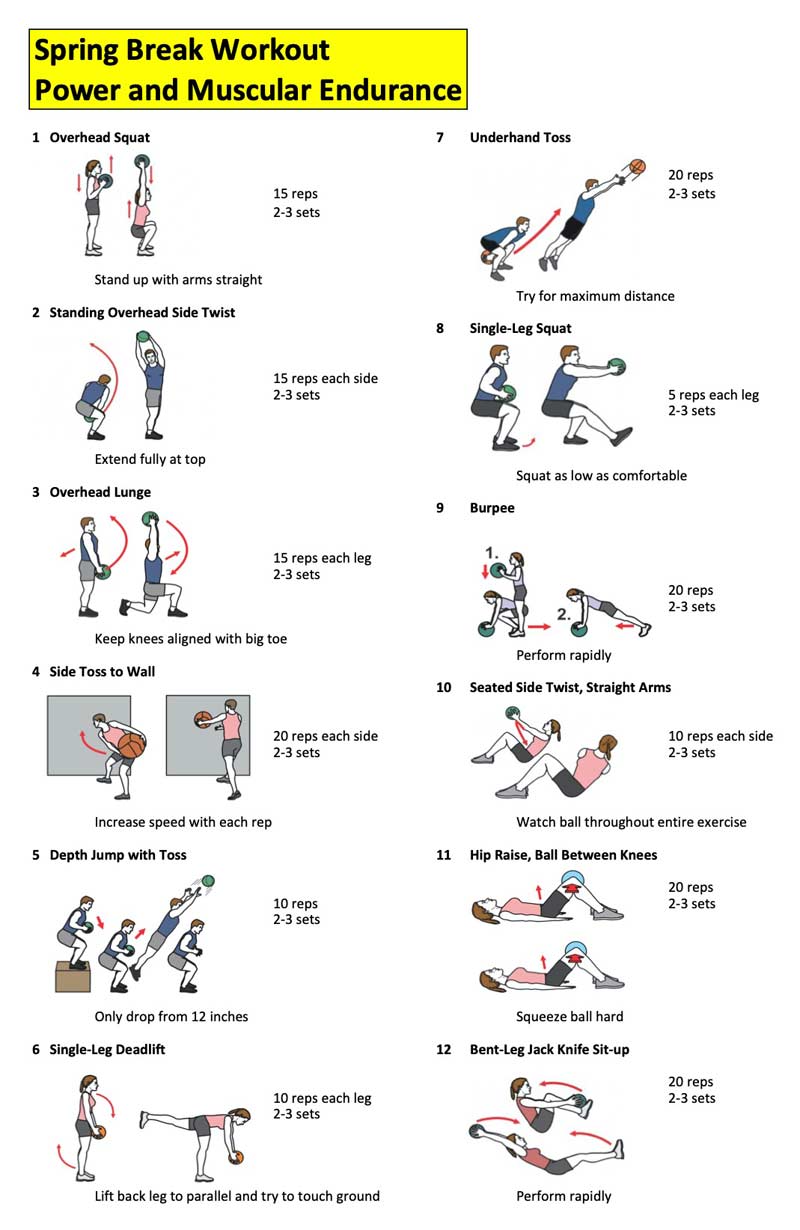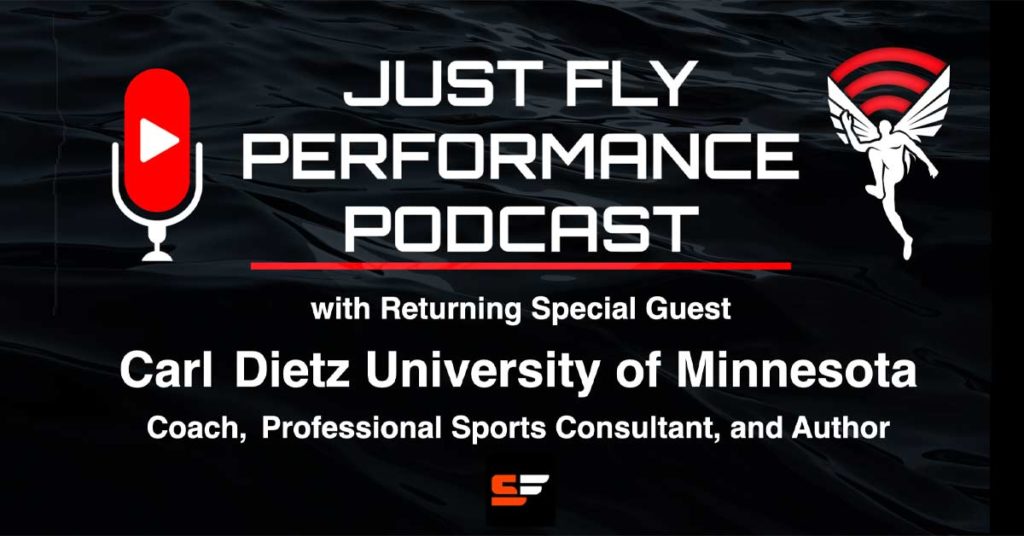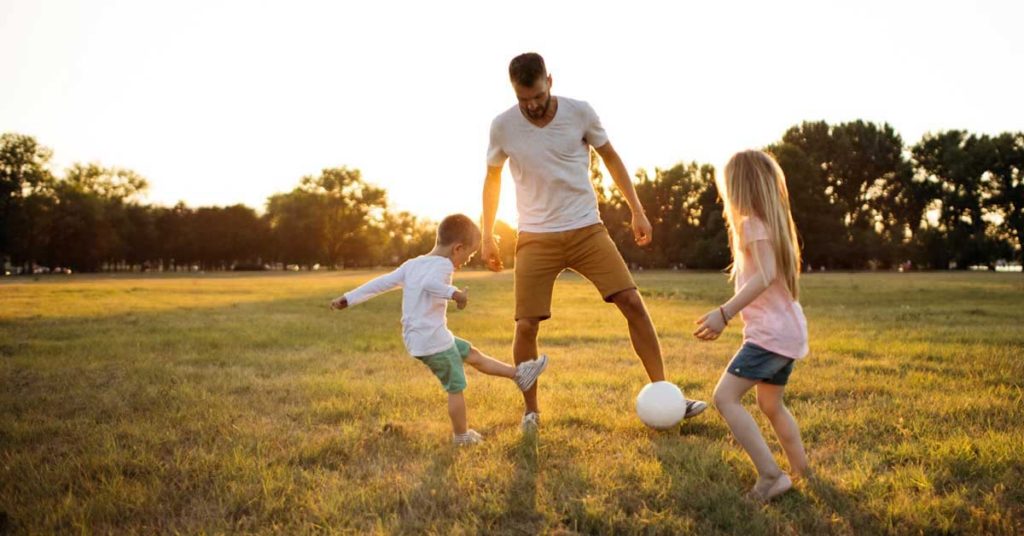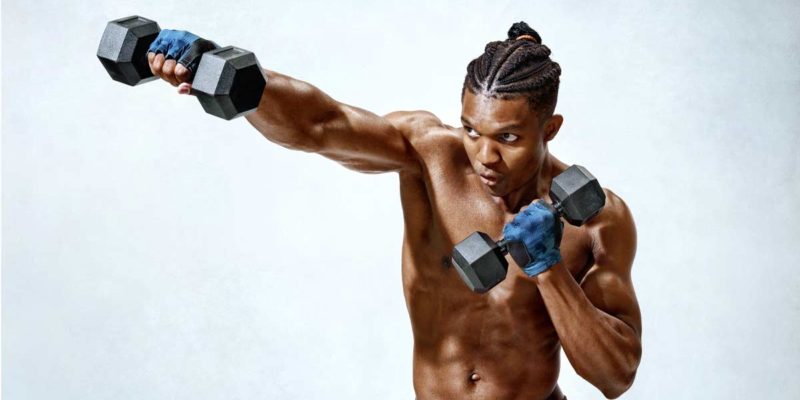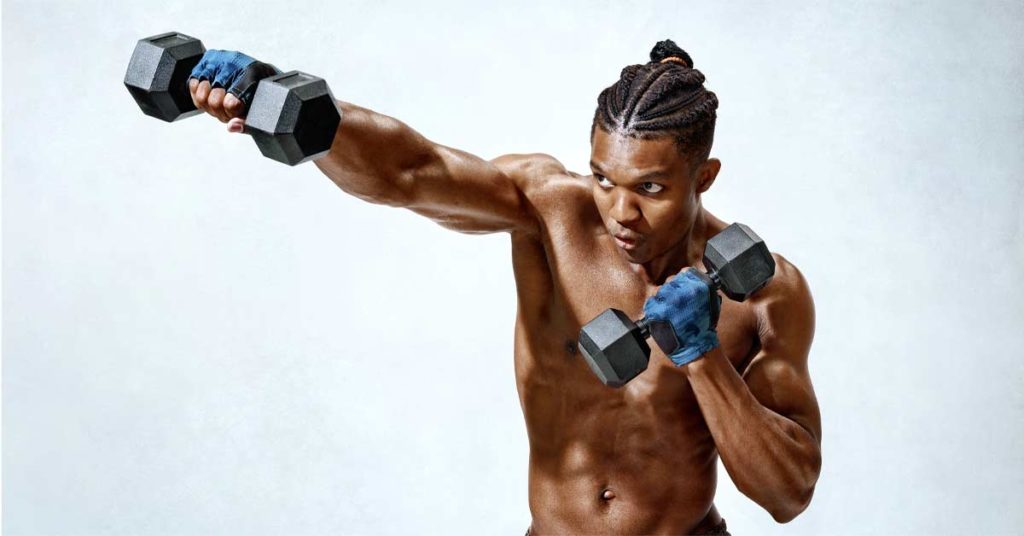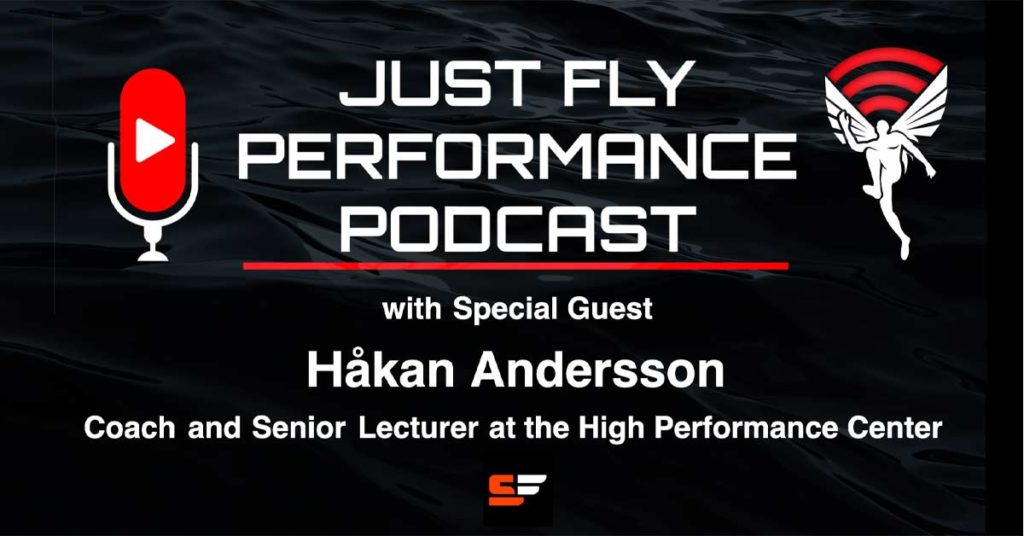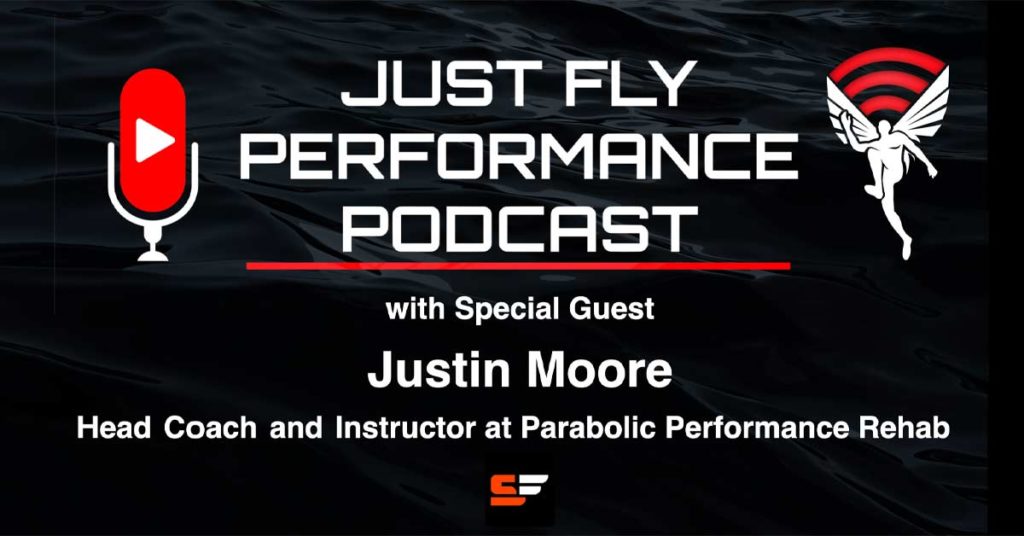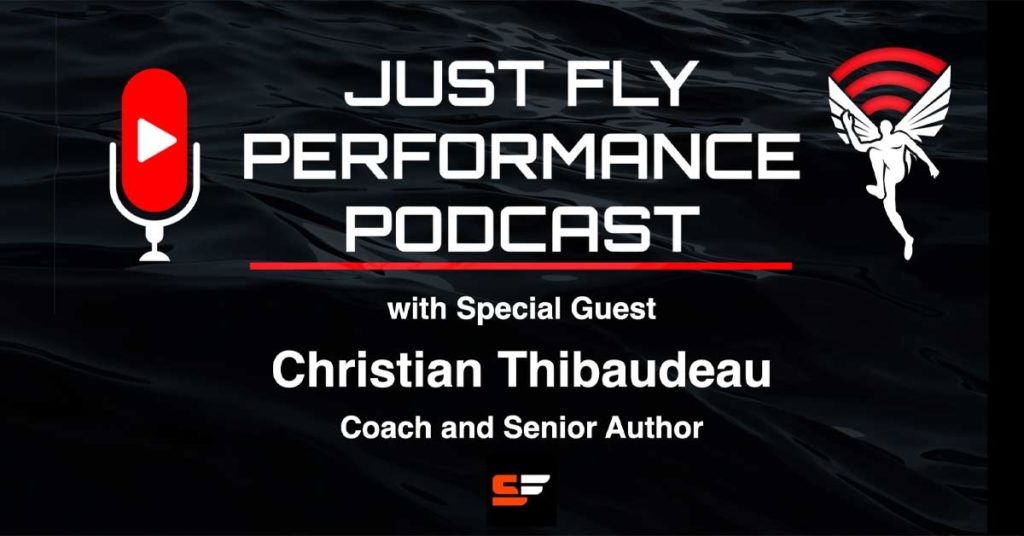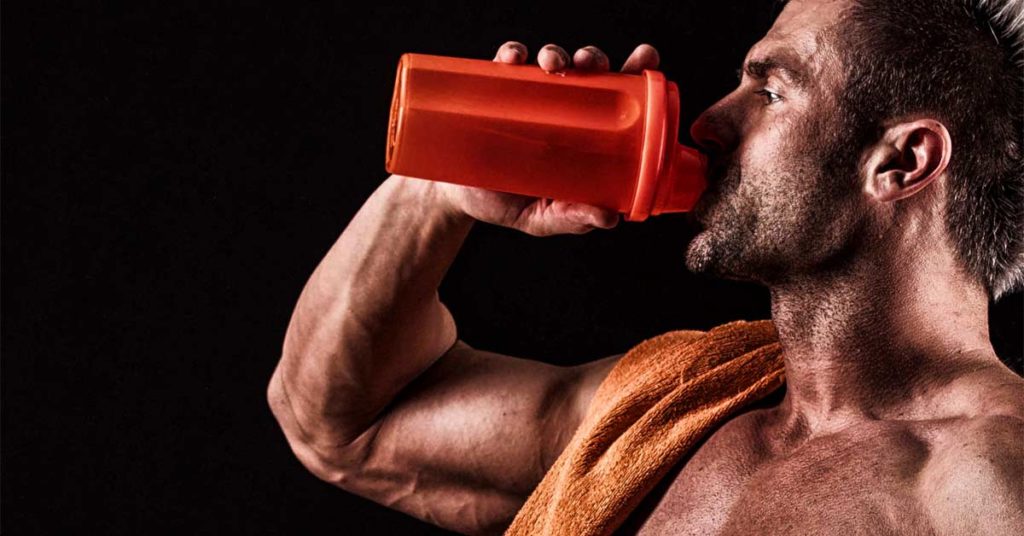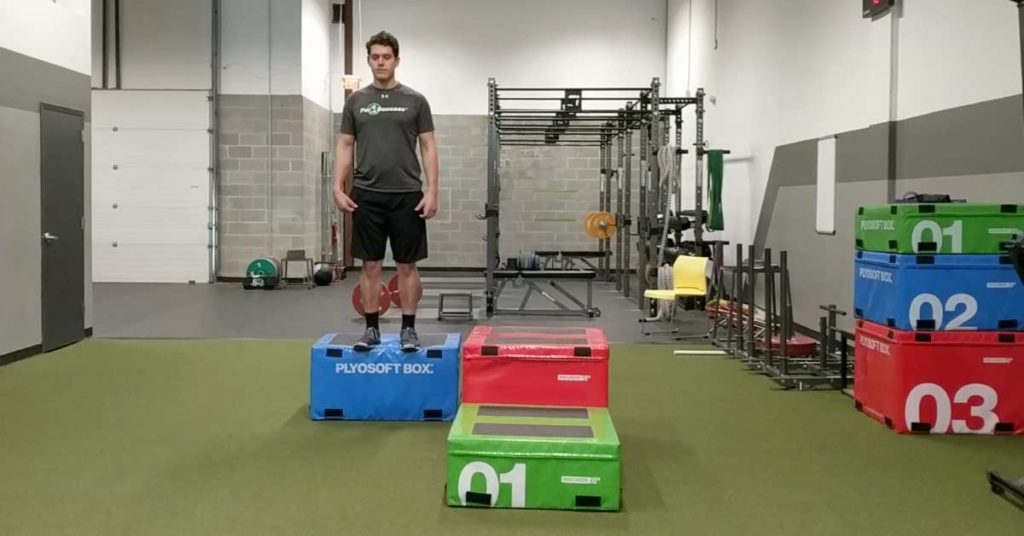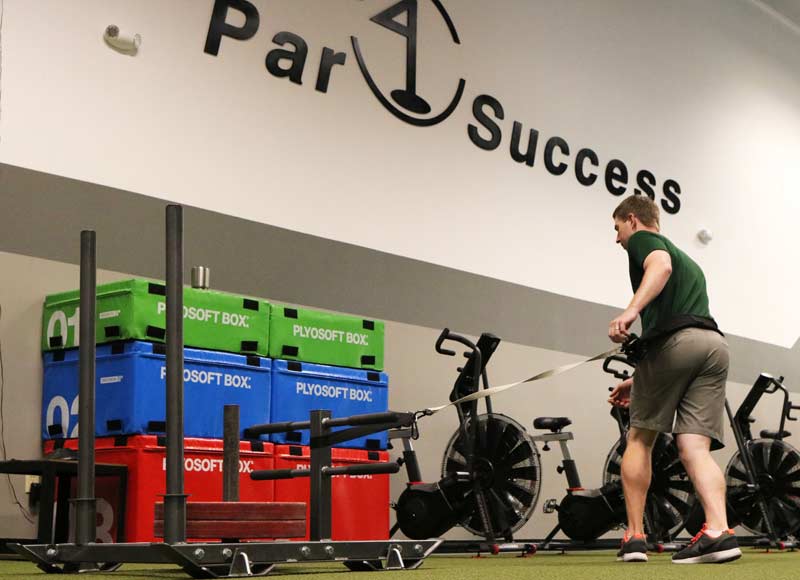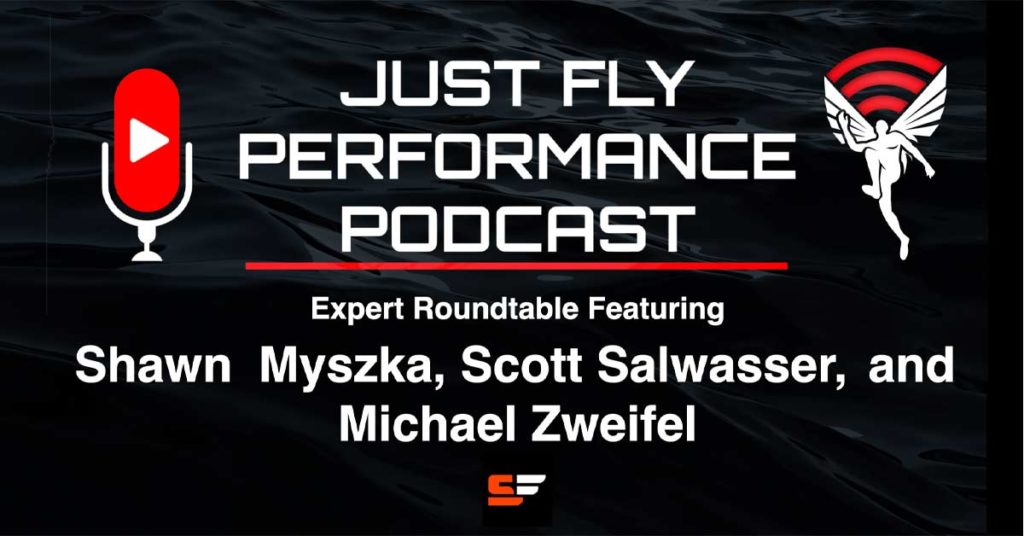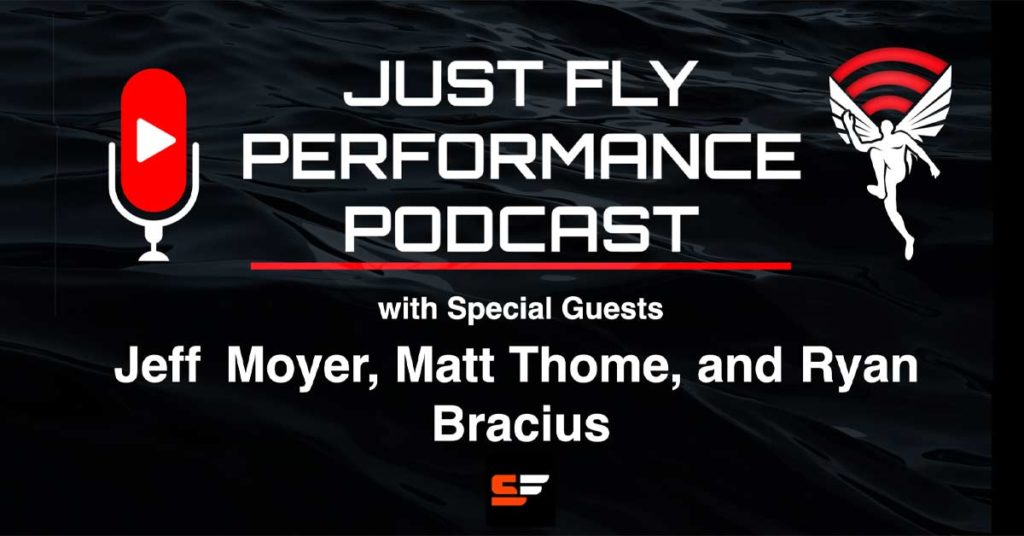
Jeff Moyer is the Owner and Director of Programming at DC Sports Performance in the Pittsburgh, Pennsylvania, area. He is a 2004 graduate of Hartwick College with degrees in history and education. His professional certifications include Certified Strength and Conditioning Specialist (NSCA), Strength Specialist through Westside Barbell, and Certified Precision Nutrition Coach. Moyer has spent several years under the apprenticeship of Dr. Michael Yessis, and he completed a Fellowship at EliteFTS. Coach Moyer has worked in private, high school, and collegiate settings, and he has been a contributing author for two books on athletic development.
Matt Thome is the Performance and Innovation Manager at ALTIS in Phoenix, Arizona. Prior to ALTIS, he was the Head Strength and Conditioning Coach and a faculty member in Athletics and the Kinesiology and Integrative Physiology Department at Michigan Tech. Matt received his bachelor’s degree in clinical exercise science from Grand Valley State in 2008 and his master’s degree in exercise physiology from Indiana University in 2011. He is a Certified Strength and Conditioning Specialist (CSCS) with the National Strength and Conditioning Association (NSCA).
Ryan Bracius is an Assistant Strength and Conditioning Coach for the XFL’s DC defenders. Prior to this he spent six years as the Assistant Director of Sports Performance for UW-Whitewater. Before that, Bracius was the Site Director for Acceleration Naperville and the Assistant Strength and Conditioning Coach of Football for Iowa State University. Ryan holds an M.S. in Education, Kinesiology, and Physical Education from Northern Illinois University.
Each member of the group details their introduction and use of the 1×20 system. They discuss how they implement it, and what kind of results they are getting from the program. We hear about why the 1×20 works so well from a physiological and neural level. They share thoughts and ideas on the transition from the 1×20 system to other training methods, such as velocity-based and special strength training.
In this podcast, Joel and the group discuss:
- Using 1×20 at the collegiate and private sector levels.
- How and when to transition to 1×14 and 1×8 aspects of the program.
- How and when to transition to velocity-based training in the program.
- The number of sets to begin your athletes with in the 1×20 system.
- What exercises give the most effective transfer to sports.
- Where the 1×20 program fits into the yearly plan for a collegiate athlete.
Podcast total run time is 1:09:42.
You can also find Matt Thome and Ryan Bracius discussing the 1×20 system on SimpliFaster.
Keywords: 1×20, VBT, transfer, strength development


